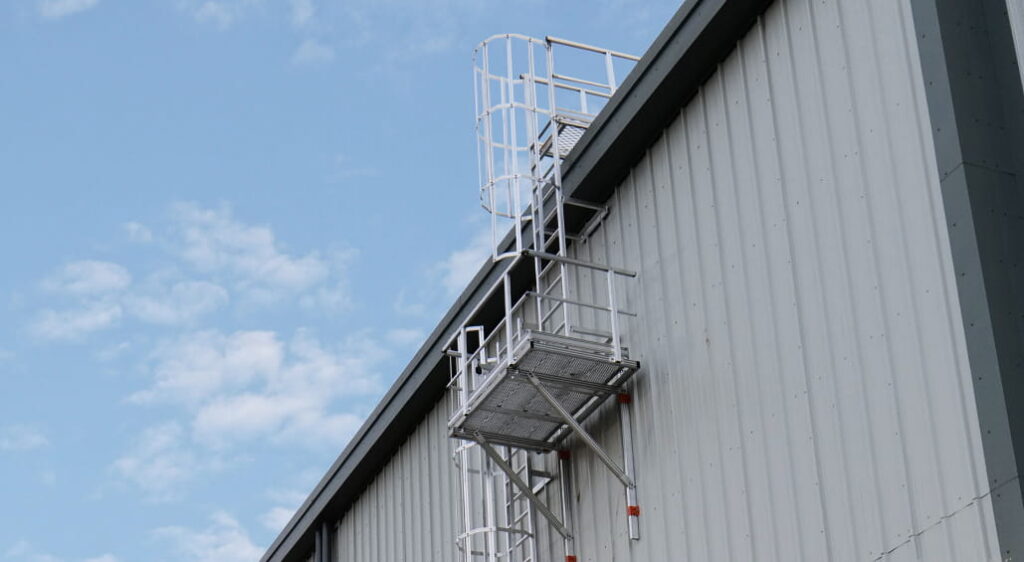Ensuring safety when working at heights is a top priority for businesses across various industries. Many sites rely on caged ladders as a means of providing secure access, but are they truly the best solution for preventing falls and ensuring compliance with workplace safety standards? Let’s explore their benefits, limitations, and alternative safety measures.
The Role of Caged Ladders in Worksite Safety
Caged ladders have long been considered a safety feature for accessing elevated areas. Their primary purpose is to reduce the risk of falls by enclosing the ladder in a protective cage, theoretically preventing workers from falling from great heights. They are commonly used in industrial and commercial settings where fixed access is required, such as rooftops, silos, and towers.
When properly installed and maintained, these ladders can offer:
- A stable, fixed point of access
- A protective enclosure that can slow a fall
- Compliance with certain safety standards
- Durability for long-term use
However, while they offer some level of protection, they are not a foolproof safety solution.
The Limitations of Caged Ladders
Despite their widespread use, caged ladders have significant drawbacks. Recent workplace safety studies indicate that the effectiveness of ladder cages in preventing falls is often overestimated. Some key concerns include:
- Limited fall prevention: While the cage may slow a fall, it does not completely stop a worker from falling through gaps or sustaining injuries.
- False sense of security: Workers may assume they are fully protected, leading to lapses in proper safety precautions.
- Compliance challenges: Safety regulations are evolving, and some authorities are phasing out reliance on ladder cages in favour of more advanced fall arrest systems.
- Rescue difficulties: If a worker falls or becomes incapacitated within the cage, executing a rescue operation can be challenging and time-sensitive.
Exploring Safer Alternatives
To enhance worksite safety, companies should consider implementing additional or alternative height safety measures, such as:
- Fall arrest systems: Harnesses and lifeline systems provide active fall protection beyond what caged ladders offer.
- Rope access solutions: Safer and more flexible, rope access allows trained professionals to perform tasks efficiently while minimising fall risks.
- Guardrails and platforms: Providing fixed walkways with guardrails significantly improves overall safety and accessibility.
While caged ladders have been a staple in worksite safety, they are not the ultimate solution. Businesses must assess their specific site requirements and consider integrating modern fall protection systems for enhanced worker safety. By adopting best practices and staying informed on evolving regulations, companies can create safer environments for employees working at heights.

